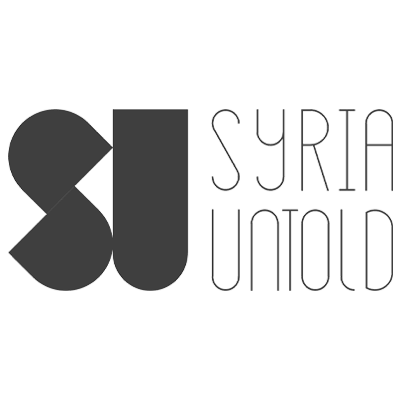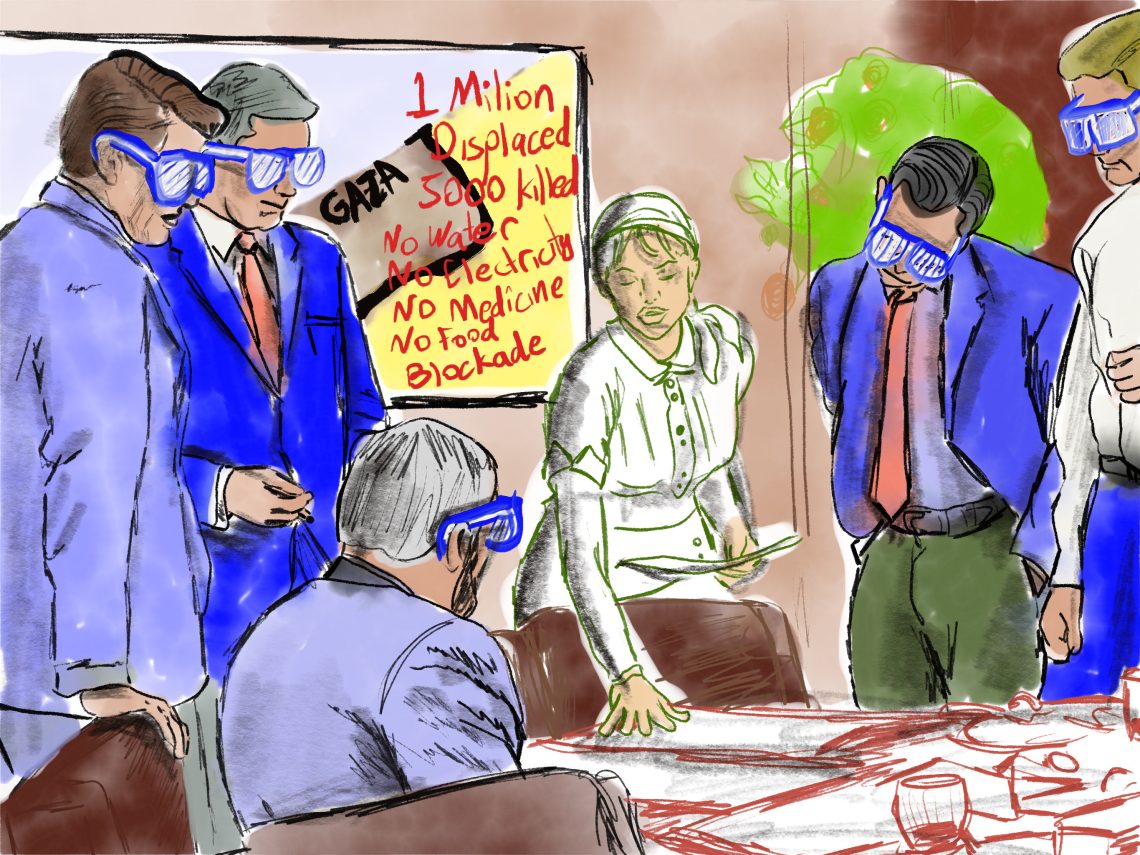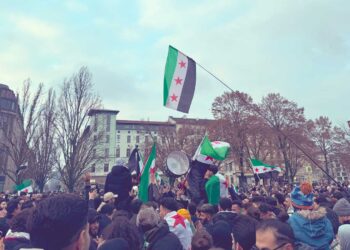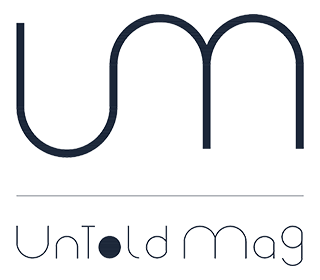On October 11th, Vice News posted a story on its Instagram account with a chilling title.
“Children among victims of Hamas massacre at Israeli Kibbutz”
The title is so unambiguous that anyone would believe it as they casually scroll through their Instagram feed. But if you are a patient reader, and you bother to scroll down through the text, you will come to this paragraph buried at the bottom:
“VICE News was not among the journalists present in Kfar Aza [the Kibbutz] and cannot verify the claims. Journalists who were present have said they could not verify the claims because the bodies of those killed by Hamas were already covered or sealed in body bags.”
Similar callous headline appeared in several media outlets, describing Hamas raping, beheading and “mercilessly” killing children. Unlike Vice News, other outlets didn’t even bother to tell their audience that they could not verify those reports.
I’ve been a journalist for more than 25 years, and I have never witnessed a time when editors were so careless when it comes to running stories based on unverified accounts.
Editorial guidelines on verification and dealing with claims seem to have been disregarded after October 7th.
The reporting of the attacks on Israelis at the Supernova music festival, and several kibbutz surrounding Gaza, was and still is critical in shaping public perceptions of the ongoing events.
It started with the Israeli army organizing press tours on Oct 10th for the media – Al Jazeera was not among them – to the kibbutz of Kfar Aza and Beri’e to witness the devastation. The scenes were harrowing, as were the testimonies of survivors, and some of the footage retrieved from GoPro cameras that were picked off the bodies of dead Hamas militants.
All this material, however, did not prove that what happened was a premeditated massacre by Hamas, and yet this is how it was reported in several outlets like the New York Times, Washington Post and others.
If similar tours were organized elsewhere by the Russian army, for example, the headlines would talk about “allegations of a massacre”, and news reports would start with a “health-warning” to the viewer that the reporter on the ground could not independently verify the claims.
Seeing photographs of bodies does not qualify any journalist to draw conclusions that only an independent forensic expert should be qualified to do, and yet many reporters have decided they knew the truth.
Ironically, it was the Israeli media that provided a better glimpse into what happened in those attacks.
To date, at least two reports revealed two incidents of the Israeli army knowingly killing civilians. On Oct 11th, Israel’s Channel 13 revealed that, after a long standoff between the army and Hamas militants who were barricaded inside a building at Kibbutz Beri’e, the army decided to demolish the building, killing everyone inside: 20 militants and 14 Israeli hostages.
A similar story emerged on state broadcaster Kan, from the same Kibbutz with one survivor, Yasmin Porat, confirming that it was Israeli soldiers who killed at least 5-6 Israeli hostages.
None of these accounts, to date, have been published in international media. As far as those journalists who visited the Kibbutz are concerned, apparently they reported the story already and there is no need to rectify it.
By contrast, when Al Ahli Hospital in Gaza was bombed, killing hundreds of civilians who were taking shelter there, the media were quick to do their own investigations, piecing together information from open sources and talking to experts to find out exactly who did it. Such attention to detail was prompted by the Israeli army’s claim that Islamic Jihad was responsible for the explosion.
The BBC and the Guardian kept their work to a minimum. They presented satellite images and photos from the blast site to military and ballistic missile experts, who said the shallow crater created by the explosion is not consistent with an airstrike, and thus is likely to be the results of a misfired rocket.
Channel4, however, had the hindsight to remind viewers of precedents in which Israel made false claims and fabricated evidence, from the killing of British cameraman James Miller in Gaza in 2003, to the killing of Al Jazeera’s Shireen Abu Akleh in Jenin in 2022. The report also mentioned that audio experts were sceptical of the authenticity of the recording presented by the Israeli army of two Hamas fighters allegedly confirming that the blast was the result of an Islamic Jihad rocket. The recording, according to those experts, was manipulated with sound effects and editing tools, and hence not credible enough to be considered as evidence.
Commendably, Channel4 did follow up on the story the following day with a detailed report featuring audio experts from Forensic Architecture. They cast real doubt on Israel’s claim because sound analysis suggests that the missile that hit the hospital came from the East side of the hospital – so most likely from inside Israel – and not from the south west as claimed by Israel. The report also examined the audio recording which Israel claimed was of two Hamas fighters discussing how Islamic Jihad misfired a missile and caused an explosion at the hospital. Forensic sound analysis revealed that the audio recording was heavily edited with sound effects, casting serious doubts on its authenticity.
We can talk about bias in the Western media and the structural racism that produces such unequal coverage of the wars in Palestine and the Ukraine ad Infinitum. But an additional factor to consider is the consequences that media outlets may face when they publish reports that displease any involved party. In the case of Israel, in fact, the consequences can be punitive.
This may surprise some, but the BBC’s coverage of the Second Intifada was considered to be so pro-Palestinian by the government of then Prime Minister Ariel Sharon to an extent that he issued an order banning the BBC from virtually any interviews or information issues by any government institution whatsoever. The BBC could no longer attend press conferences, briefings, had no access to government reports or data, and no government official would give them interviews.
It was a clever move. The Israeli government didn’t shut down the BBC.
This would have been seen as blatant censorship that would have clashed with its image as a democracy. Instead, it restricted the BBC’s ability to report accurately on events in Israel by depriving it of information. As a result, the BBC had to revert to alternative methods and detours to properly obtain that information, but in the long term it was untenable.
In 2004, the BBC interviewed Israeli nuclear whistleblower Mordechai Vanunu after 19 years of imprisonment. Israel’s security and military apparatus ordered the channel to hand over the tapes for them to review before they go on air, but the Jerusalem bureau’s deputy chief, Simon Wilson, refused to do so. In retaliation, his working visa was not renewed and he was barred from re-entering the country unless he would offer a formal apology.
There was a lot of resistance but eventually, Wilson relented. In March 2005, he issued an apology, despite protests from the BBC’s staff who said this move could compromise their work in Israel and Palestine. A BBC statement said that Wilson “undertakes to obey the regulations in the future and understands that any further violation will result in his visa being revoked.”
This happened 18 years ago, but do not underestimate the deterrent power of such episodes.
When times are relatively quiet, it is safer for the media to produce stories that reveal to their readers the ugliness of the Israeli occupation. In the last two years, more stories appeared in newspapers like the New York Times on the continuous killing of Palestinian civilians in the West Bank by the Israeli military, as well as home evictions and settler violence. This sort of coverage is tolerated by Israel, probably because it serves to portray it as a democracy that does not censor the media.
But when there is a full blown war, all eyes are on the media with censors watching every minute and reading every little word in search for one mistake or one excuse to call out the media for – you guessed it – antisemitism.
It is in this context that journalists are either more unwilling or reluctant to probe into the accounts they hear from the Israeli side. A recent report in the BBC cited an account of “the bodies of more than 20 children [ ] tied together and burned” in Kibbutz Ber’ie. There isn’t even a clarification that the reporter could not verify those claims. In fact, a simple search through the current list of victims, as published by Haaretz, of 683 confirmed dead includes eleven names of children under the age of 15.
While it is not a game of numbers for people reading this and trying to make sense of what happened over the last two weeks, this is exactly the sort of verification and probing any journalist should do in order to come as close to the truth as possible in the chaos of war. Any journalist who covered this part of the world long enough should know that Israel has a track record of lying and fabricating evidence. Middle East Eye chronicled some key examples recently, while Mondoweiss gave an insight into recent reports in the Israeli press, indicating that Israel may have deliberately killed its own people during the fight with Hamas in the kibbutz. It didn’t have to do a deep dive to reveal this because the information was already there. Let’s see if leading media outlets will follow suit.








